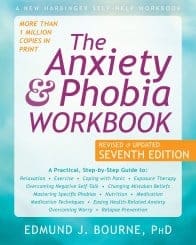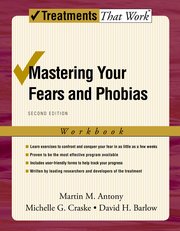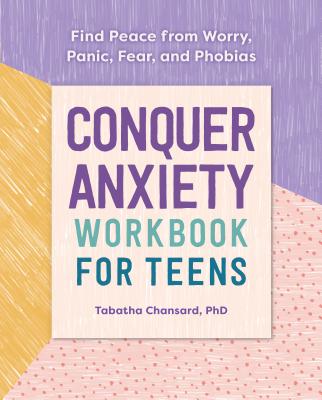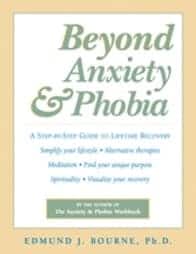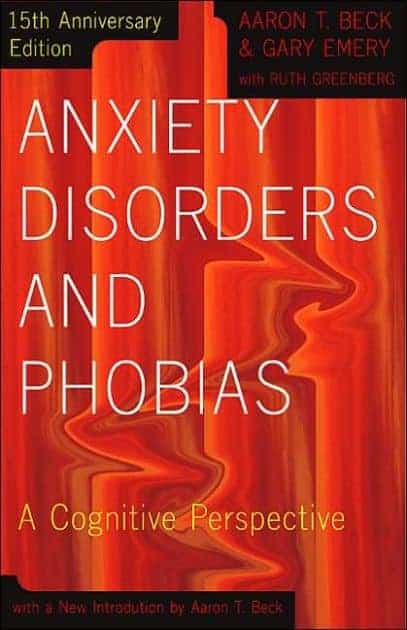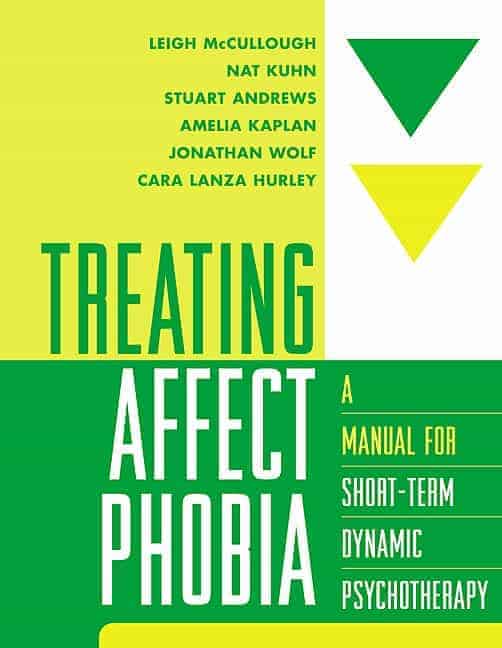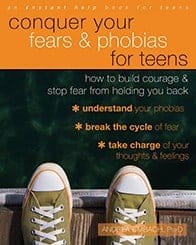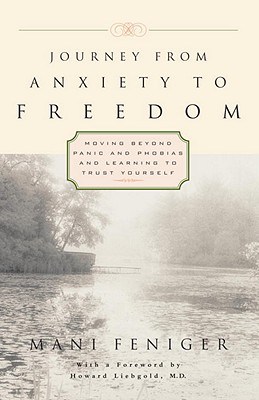Mental Health and Conditions
Phobias (Specific Phobias)
THC Editorial Team December 11, 2020

Contents
- Overview
- Symptoms of Specific Phobias
- Types of Specific Phobias
- Causes and Risk Factors of Specific Phobias
- Diagnosing Specific Phobias
- Treatments for Specific Phobias
What Is a Specific Phobia?
Although everyone experiences fear at some point in life, people who suffer from specific phobias struggle with irrational, intense fears of specific situations or objects. Specific phobias are a type of anxiety disorder, are fairly common, and can be debilitating. According to the National Institute of Mental Health, about 9.1 percent of adults in the United States suffer from specific phobias annually, and women are twice as likely as men to suffer from them.1 Some people experience a combination of specific phobias.1 Fortunately, effective therapies and treatments exist and can help people with specific phobias manage their symptoms and overcome their irrational fears.
According to the Diagnostic and Statistical Manual of Mental Disorders (5th edition; DSM-5), specific phobias are classified as anxiety disorders.2 When people who have specific phobias encounter a phobic (feared) situation or object, they immediately experience intense anxiety or fear that is disproportionate to any danger posed by the situation or object.
Specific phobias are ongoing, last for 6 or more months, and spur people to actively avoid phobic situations or objects.
Symptoms of Specific Phobias
According to research published by the National Center for Biotechnology Information, people with specific phobias experience intense, unreasonable fear and high levels of anxiety when they are presented with a phobic situation. The fear and anxiety may occur when a person encounters—or even anticipates—the situation.3 Some common symptoms that people with specific phobias might experience include the following:
- nausea
- fainting
- dizziness
- rapid heart rate
- chest tightness
- difficult breathing
- disproportionate fear given the dangers posed by the situation or object
- avoidance of the phobic object or situation
Types of Specific Phobias
According to the University of Pennsylvania’s Perelman School of Medicine, specific phobias are categorized into the following five types:4
- animal type, including fears of insects, snakes, dogs, and others
- natural or environmental type, including fears of water, thunder, lightning, heights, or storms
- injury type, including fears of injections, blood-borne pathogens, dentists, or doctors
- situational type, including fears of enclosed spaces, elevators, airplanes, or washing
- other type, including fears of loud noises, vomiting, choking, clowns, costumed characters, and others
In children, it is important to differentiate between normal childhood fears and specific phobias. Although school-age children and adolescents may experience more normal realistic fears, younger children may experience phobias of imaginary objects or separation from their loved ones.
Causes and Risk Factors of Specific Phobias
The causes and contributing factors of specific phobias are complex and may include a combination of past experiences, learned history, and genetics.
Some people develop specific phobias because of past experiences. For example, someone who is attacked by a dog as a child may develop an irrational fear of dogs that persists for years.
Specific phobias may also be developed through observing others who experience intense fear of different situations. For example, if a child sees a parent experience an intense fear of heights, the child may learn to similarly fear heights. In other instances, some people develop specific phobias by encountering negative information in the media. For example, someone might develop a specific phobia of storms or tornadoes after watching a movie or reading a news article about a particularly destructive tornado. Although past experiences and learned history can contribute to the development of specific phobias, they are rarely the sole causes; many people experience traumatic events but do not develop specific phobias.
Specific phobias may also have neurobiological underpinnings, but these factors are less understood. When people encounter feared objects or situations, their bodies undergo many physiological changes. In a study published in Learning & Memory, researchers surmised that some people develop specific phobias because of the way they process fear in the amygdala malfunctions.5 Further research is required to reach definitive conclusions.
Diagnosing Specific Phobias
Specific phobias differ from normal fears. Mental health professionals usually rely on a formal diagnostic manual, such as the DSM-5 by the American Psychiatric Association or the International Classification of Diseases (11th edition; ICD-11) by the World Health Organization. According to these manuals, specific phobias include the following criteria:2,6
- disproportionate, unreasonable, and persistent fear triggered by a specific situation or object
- immediate fear response that is out of proportion to the danger presented and that appears nearly immediately when the situation or object is encountered
- extreme distress or avoidance of the object or situation
- substantial limitations on a person’s daily life, work, or school
- persistence of symptoms for at least 6 months
- symptoms not caused by a different disorder
People with specific phobias do not have to recognize that their fears are irrational or disproportionate to be diagnosed. Before diagnosing a specific phobia, a clinician will review the physical and psychological symptoms that a person is experiencing. A clinician might also use interviews and other diagnostic criteria to review the person’s social, medical, and psychiatric history. They will also rule out other mental disorders that might better explain a person’s symptoms, such as agoraphobia, social anxiety disorder, obsessive-compulsive disorder, or posttraumatic stress disorder.
Treatments for Specific Phobias
Several treatments and therapies exist for specific phobias. These usually include psychotherapy, holistic or complementary approaches, or medications.
Psychotherapy may help people learn how to cope with and better manage their symptoms. For example, exposure therapy has been shown to be effective in treating specific phobias. Exposure therapy helps people gradually confront their fears in a controlled and safe environment, develop coping mechanisms and resilience, and eventually participate in activities they have avoided. Several types of exposure therapy exist: direct exposure to the feared object (in vivo exposure), vivid imagination of the feared object (imaginal exposure), exposure through virtual reality, and induction of physical sensations of fear (interoceptive exposure).7
Additionally, cognitive behavioral therapy (CBT) and desensitization therapy may effectively treat phobic symptoms.8 CBT teaches people to observe and modify problematic ways of thinking, behaving, and reacting to triggering situations. This approach focuses on reframing negative, triggering thoughts and beliefs so that they become less threatening and provoke less anxiety.9 Desensitization therapy, a type of behavioral therapy, involves removing the fear associated with a specific phobia and substituting that fear response with a relaxation technique.
Holistic or complementary approaches, including relaxation techniques, mindfulness, and physical activities and exercise, may also help alleviate some of the symptoms of specific phobias, such as rapid heart rate, chest tightness, and difficulty breathing.8
In some cases, people may be prescribed medications to help decrease their anxiety symptoms while they undergo other types of therapy. Antianxiety medications (such as benzodiazepines) and beta-blockers may be used for short-term treatment of specific phobias.8
Although specific phobias can interfere with a person’s ability to enjoy daily life, treatment often reduces or eliminates their symptoms and allows people to move forward with their lives.












